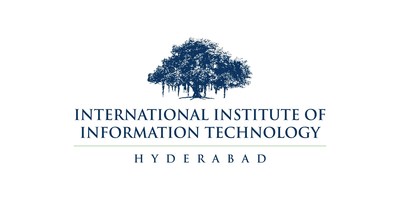The EdTalk | Hyderabad
International Institute of Information Technology Hyderabad (IIITH) and National Disaster Management Authority (NDMA) have developed a Rapid Visual Screening (RVS) Primer for better insight into structural safety in the wake of earthquake risks.

The Rapid Visual Screening (RVS) primer will serve as a pioneering document to screen various kinds of buildings for their structural stability, and to assess and estimate the possible damage during an earthquake.
The total number of buildings in India is well over 30.5 Crores. Structural status of buildings before and after the earthquake will provide an effective checkpoint for government institutions, industries, private organisations and local bodies against the threats posed by earthquakes.
While disaster management has hitherto followed a relief-centric approach, the RVS Primer will assist in a more mitigation- and preparedness-centric approach with continued focus on response, which is proactive, holistic and integrated as per the Disaster Management Act, 2005.
Prof Pradeep Ramancharla, IIITH, and head of the Project team, said, “Four out of five people in India are living under an earthquake threat. Focussed earthquake risk mitigation activities such as construction of buildings, compliance with design standards, and assessment and retrofitting of existing buildings can significantly reduce risk due to potential earthquake hazards.”
Read More details on Rapid Visual Screening (RVS) Primer click below
https://ndma.gov.in/images/pdf/RVS-Doc-11-2020.pdf
About IIIT-Hyderabad
The International Institute of Information Technology, Hyderabad (IIITH) is an autonomous research university founded in 1998 that focuses on the core areas of Information Technology, such as Computer Science, Electronics and Communications, and their applications in other domains through inter-disciplinary research that has a greater social impact. Some of its research domains include Visual Information Technologies, Human Language Technologies, Data Engineering, VLSI and Embedded Systems, Computer Architecture, Wireless Communications, Algorithms and Information Security, Robotics, Building Science, Earthquake Engineering, Computational Natural Sciences and Bioinformatics, Education Technologies, Power Systems, IT in Agriculture and e-Governance.
News Disclaimer: This story is provided by PRNewswire. The EdTalk will not be responsible in any way for the content of this article.
Subscribe to The EdTalk Newsletter!

